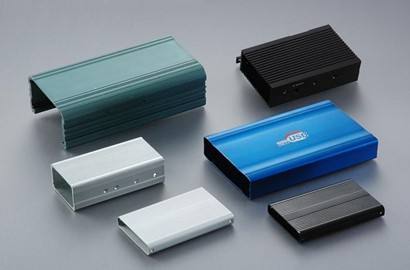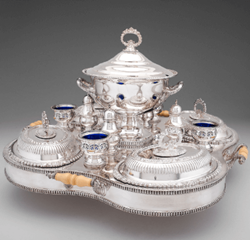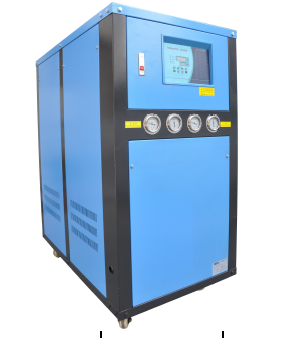Some specific methods for pretreatment of aluminum and aluminum alloys are as follows:
1 organic solvent degreasing. Less severe oil can be soaked in solvents for short periods of time; heavily soiled cotton swabs can be rubbed with solvent, or scrubbed with a brush. Pay attention to safety during operation, and keep the remaining solvent properly after use.
2 Let it dry. No matter what kind of organic solvent cleaning method is used, the drying process must not be omitted, otherwise it will lose the significance of cleaning.
3 banding. The aluminum ligatures should be used for the materials used for lashing, and copper wires and galvanized iron wires should be disabled. The wire can be removed from the zinc layer. Slightly larger one-piece lashings are better, as far as possible, tied to the hole closest to the edge of the part to reduce the impact on the workpiece surface.
Different kinds of workpieces should not be tied together in a string, because the oxidation treatment time of different components (grades) of aluminum is different. Pay attention to the direction in which the banded workpiece is left unconnected, and avoid creating a gas trap when the recessed area is facing down.
4 alkaline wash
sodium hydroxide steel 50 ~ 70g / L;
time 0.5 ~ 2min; temperature 50 ~ 70 °C;
alkali wash to the surface of the workpiece until the oil pollution.
5 cycles of water rinse. After the alkaline wash, it is best to rinse with hot water, which is conducive to the cleaning of the alkaline substances on the surface of the workpiece. For parts with blind holes and slits, it is necessary to intensify the rinsing of the parts and to remove the residual solution from them.
6 Nitric acid light
Nitric acid: 200~300mL/L; Time: As the black film is withdrawn; Temperature: Room temperature; If you deal with mixed aluminum, cast aluminum, hydrofluoric acid should also be added on the basis of this formula to accelerate the removal of alkali cleaning. Adhesion to the surface of aluminum parts insoluble.





